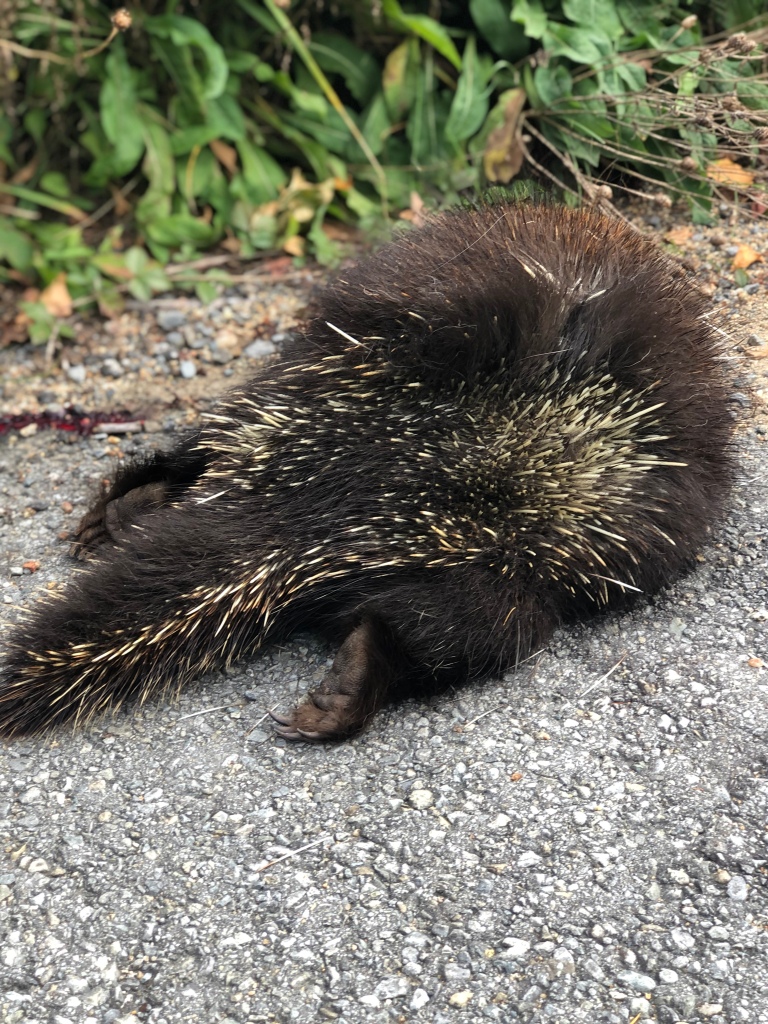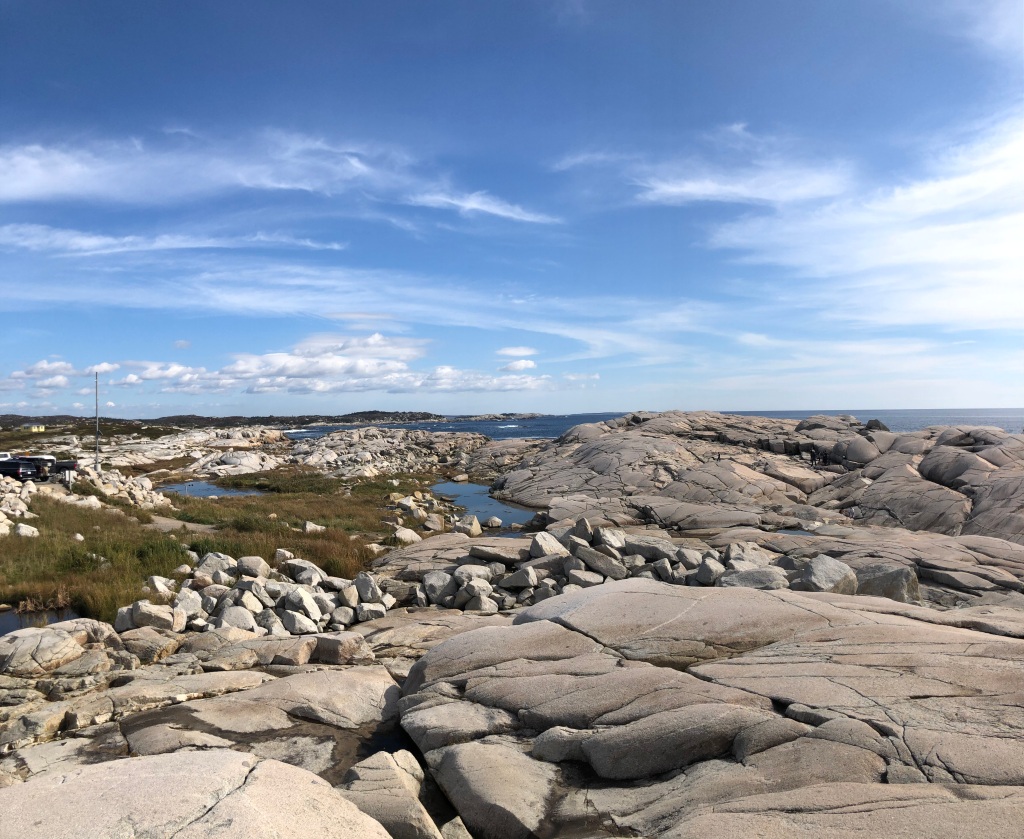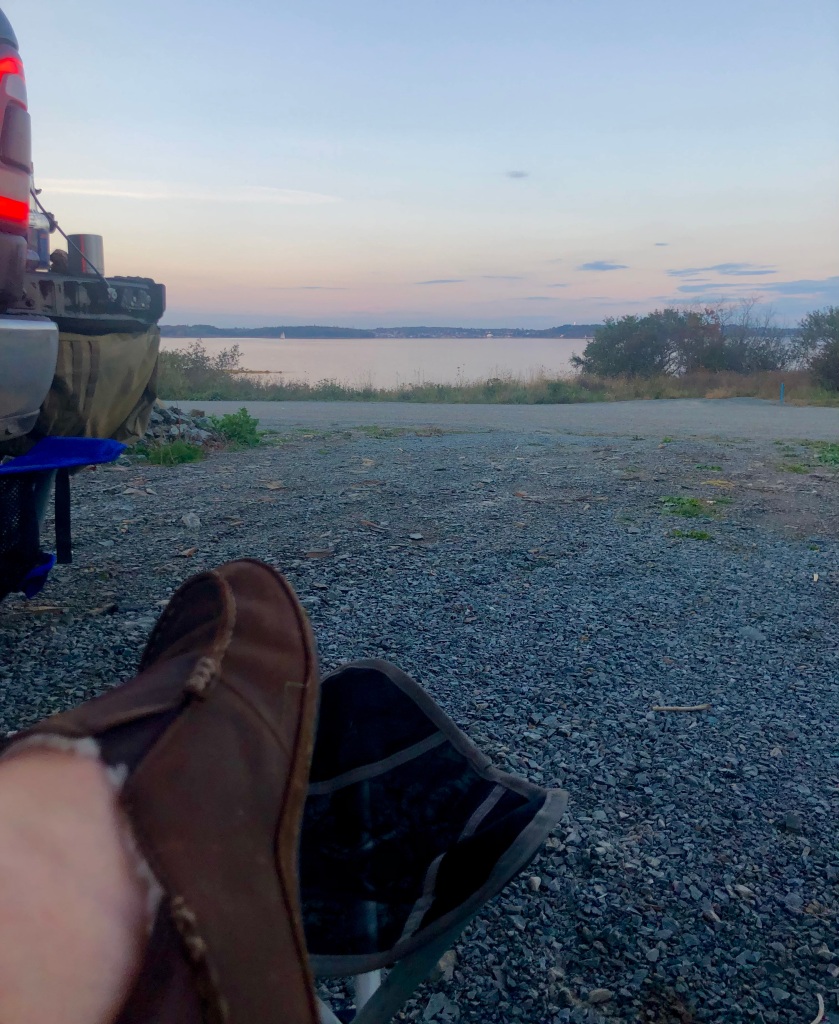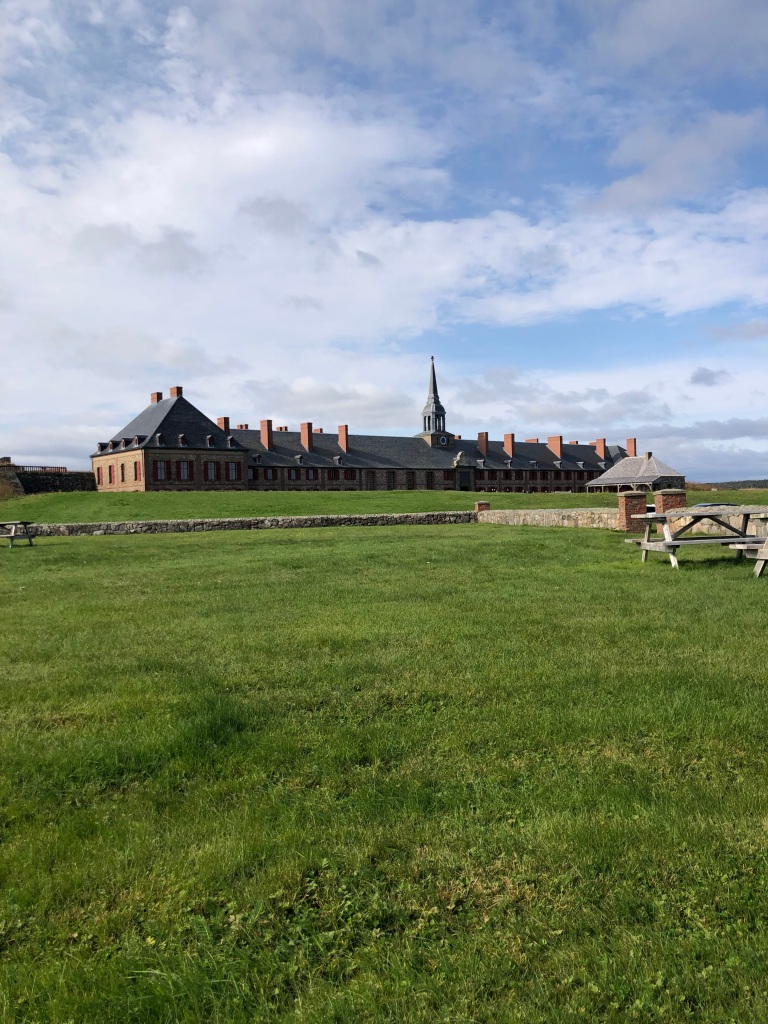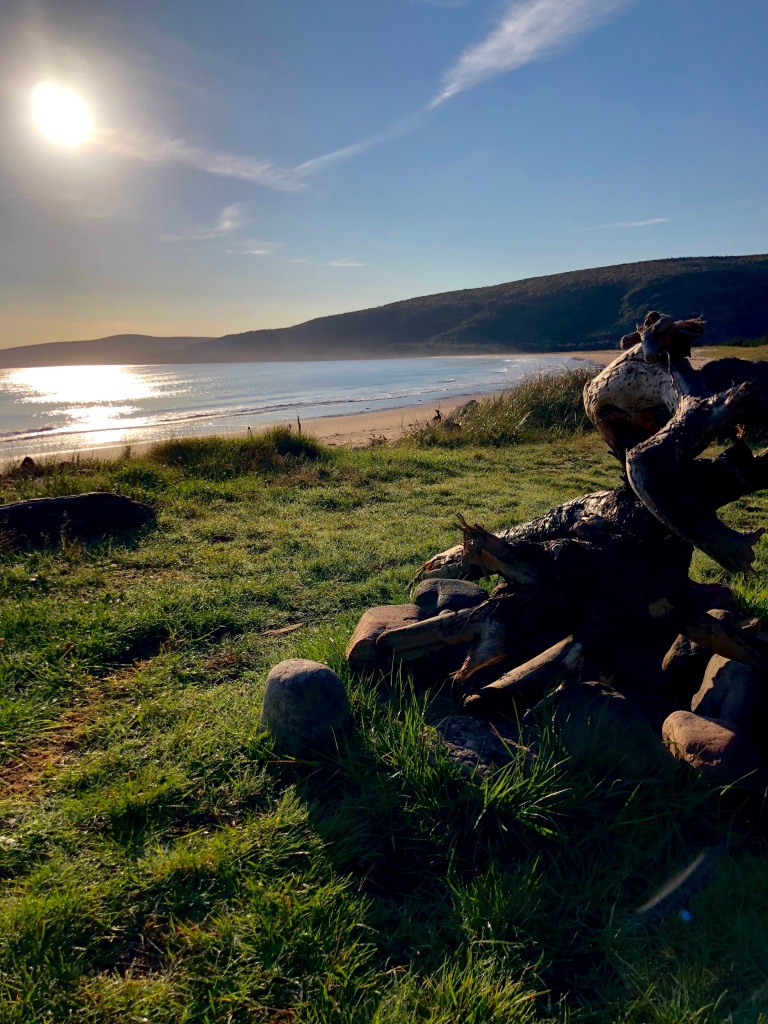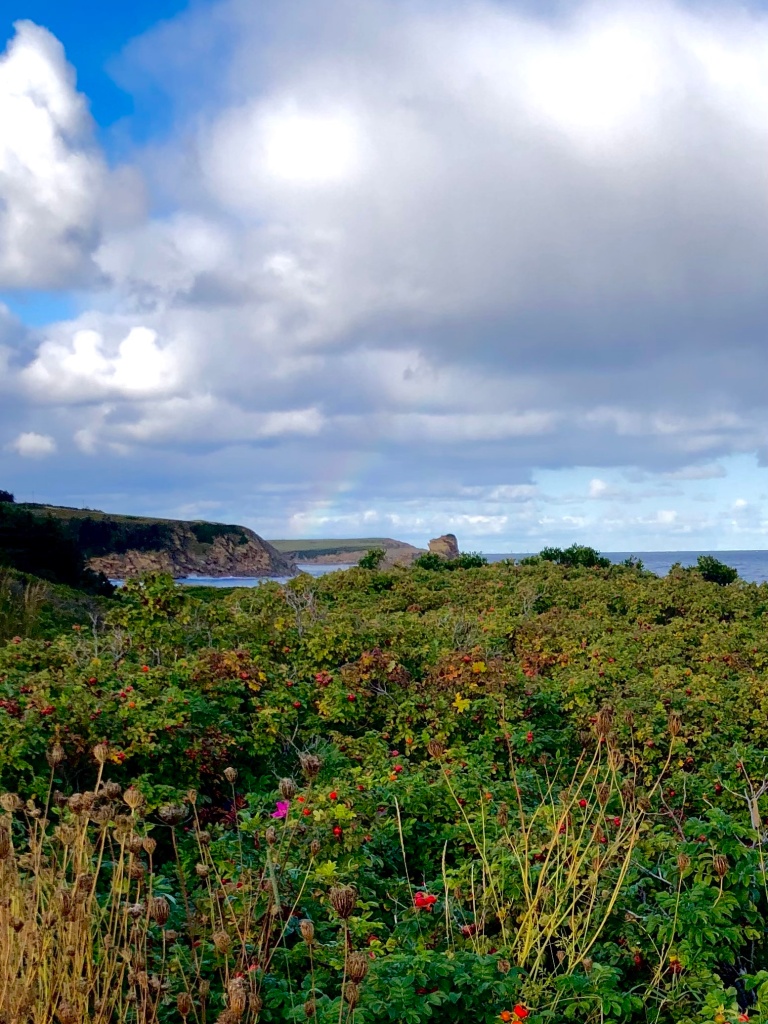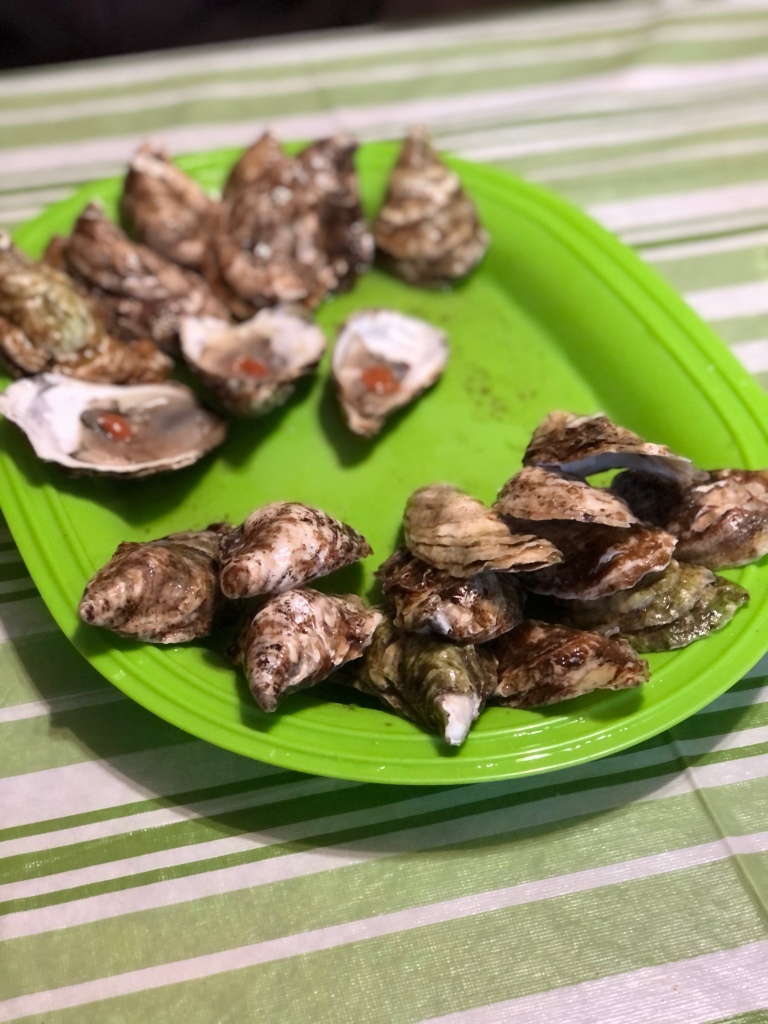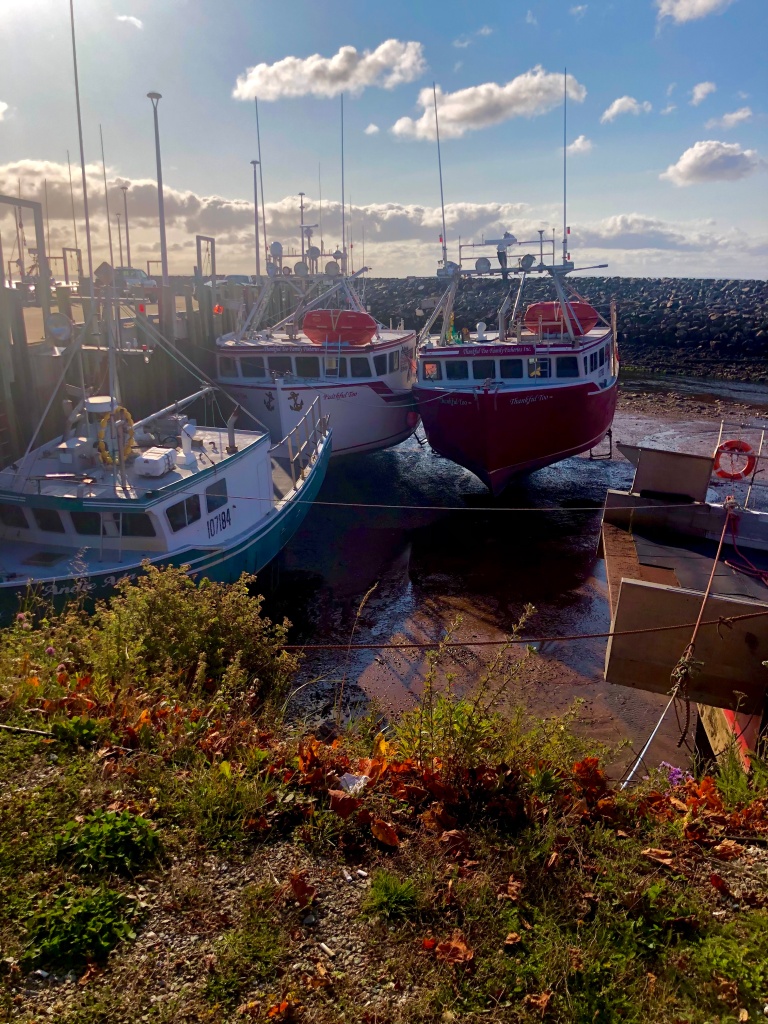
Our camp on the Susquehanna was pretty much right in the path of a decent sized storm. It probably wasn’t going to hit us until about 8 in the morning, but by 5:30, the winds were gusting to 25, and ceiling was sinking lower and lower. It was going to be a dark day of travel and it needed to start soon.
The Susquehanna River is one of the oldest rivers in the United States. It is 444 miles long (the longest in the eastern US), has two branches, drains over 27,000 square miles of land, and empties into the Chesapeake Bay, accounting the bulk of the fresh water into that ecosystem. And, as I learned today, it’s damn scary.
My traveling partner on this trip through hiked the Appalachian trail in the early 90s. One of his key memories from that trip was a visit to the Doyle Hotel in Duncannon, PA. So, naturally, when we were in the area, we felt the need to revisit the old hotel, which is apparently legendary among AT hikers. The primary reason my partner ended up at the Doyle, was a gruesome double murder in a shelter just above Duncannon on the trail the year before he passed through. Not wanting to stay in the shelter, he and his crew hustled down to the Doyle for the night. The Doyle has seen better days and is barely hanging on today. The place was closed to any traffic before 11 am, and only open for hikers via a convoluted, double secret entrance to the balcony during the day after 11. So we took a picture for the memory book and wandered around the very downtrodden town of Duncannon.
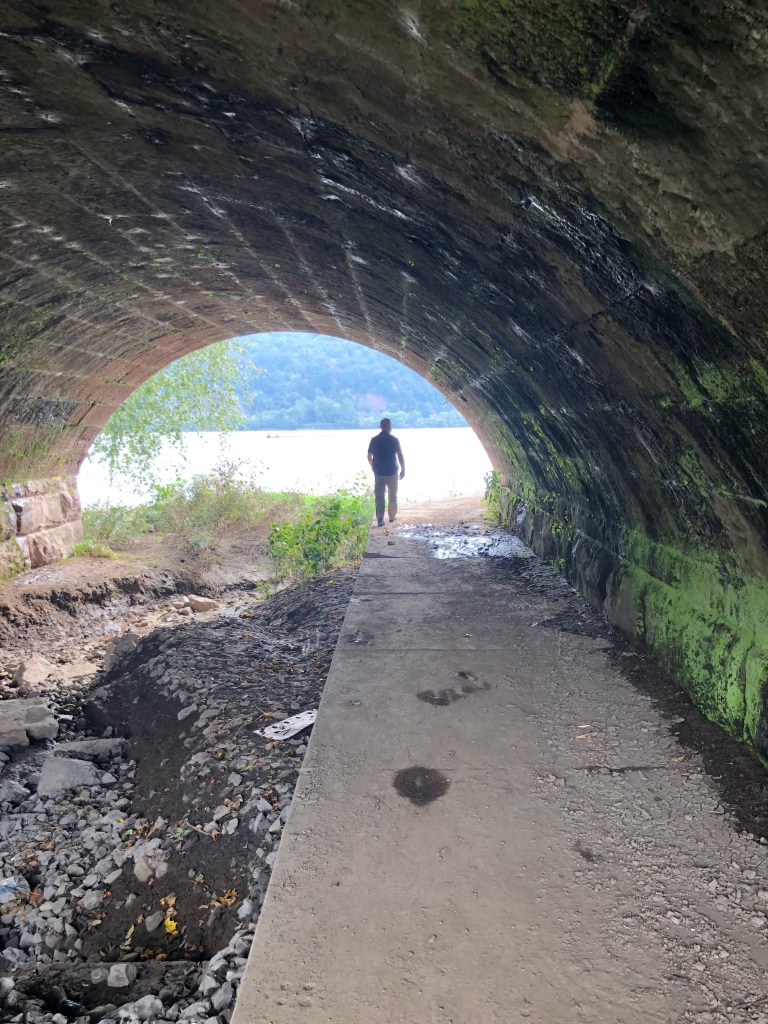
Most of the streets of Duncannon that lead down to the Susquehanna end by draining under stone arches of the railroad line that follows the river. I thought they were picturesque and wanted to go down to the river and under one of the arches. It’s very sketchy in a methamphetamine/oxycodone sort of poor Appalachian way, but it does look cool. We walked under the dank, moody archway while a garbage train was parked above on the tracks, steaming and stinking. Just under the archway, the river looked like a painting in the approaching storm, and we were so focused on it we didn’t really notice the guy leaning against the backside of the arch as we passed through. He was having a coffee and smoking a cigarette and he was in the mood to chat. My partner wandered along the river while I engaged the local.
This is a nice spot, I said, do you come here to get things sorted out in peace? Yeah, here and the one up the river he said. A lot of people come here. They don’t take care of it as you can see. They come to make a fire and drink and hang out. It’s not really legal, but everyone does it. They found a guy hanging in that tree right there last week. He was foaming at the mouth and I don’t think he hung himself. A month ago a girl committed suicide on the other side here. I knew her, we know everyone in town, like I know you aren’t from here. She didn’t kill herself, I don’t think. And a few years ago they arrested a serial killer at the next arches — they call them six arch. He was a bad guy.
At this point, I was uneasy. Well, I said, the river looks beautiful from here. Yeah, he said, you can walk a cross it. It’s only 3 feet deep. I mean there are some holes, but most people don’t know where they are. I do.
So, to recap, I’m at the edge of a river surrounded by apparently recent murder scenes, with some drifter who knows where the holes in the river are. We had been following and admiring the Susquehanna since Binghampton, NY, and it was taking on an entirely new perspective for me now. I thanked the guy for the information about the river, apologized for interrupting his coffee, gathered up my partner and got the truck as soon as I could. It’s funny now, but there was a darkness both in Duncannon and at the edge of the river that was both pitiful and terrifying. Pitiful because Duncannon clearly was a town of some success and importance in the past, but it is a sad display of decaying Appalachia today; and terrifying because I was at one single spot on the longest river in the eastern US and all this bad stuff happened here — imagine what all has happened along its length. It will take a minute, but I will remember this spot for the beauty of the river, just below the juncture of its two branches, carving along the granite bluffs, shallow and soft, and completely innocent of the evils along its banks. I have to, for the alternative is a sad cup of coffee and a cigarette with no, or at least very little, hope.

We wound south of the river and rolled through the rolling farm fields just west of the Allegheny range of the Appalachians, down to Gettysburg. On the fields and ridges here, in the bloodiest of all Civil War battles, over 50,000 men died, and the Confederacy effectively lost the war. Lee believed winning a big battle in the territory of the north would precipitate a negotiated peace, and after his defeat here, it ultimately did — just not the one he expected, and one that came at much greater cost in lives. I was surprised at how many people were in the Gettysburg National Park. The parking spilled over into the overflow lots. And while the profiteering lies right along the education, (Battlefield Fries!) I think it is important to mark this place and to understand what happened here beyond the tactics and body count.
From southern Pennsylvania, things got a great deal simpler — simply keep the blue ridge mountains on my left shoulder, and head for home. I will have plenty of time to think about this Eastern Reach. To put the full extent of Appalachia, from one end to the other, into the collection of places I’ve visited. There are stories in them all, history in them all, beauty in them all. And there is “us” in them all, in one way or another. Our sins and successes, washed in the rivers, dug into the mines, and paved through the mountain passes. These places changed us and we continue to change them, sometimes with the hand of a great artist or teacher, and sometimes with the very worst of ourselves. But there is a resilience to the oldest mountains on the continent, a wisdom amidst the smoke and surf and freestone falls, that can only come with age.
I believe they share it with everyone who visits. If you can just reach far enough.







